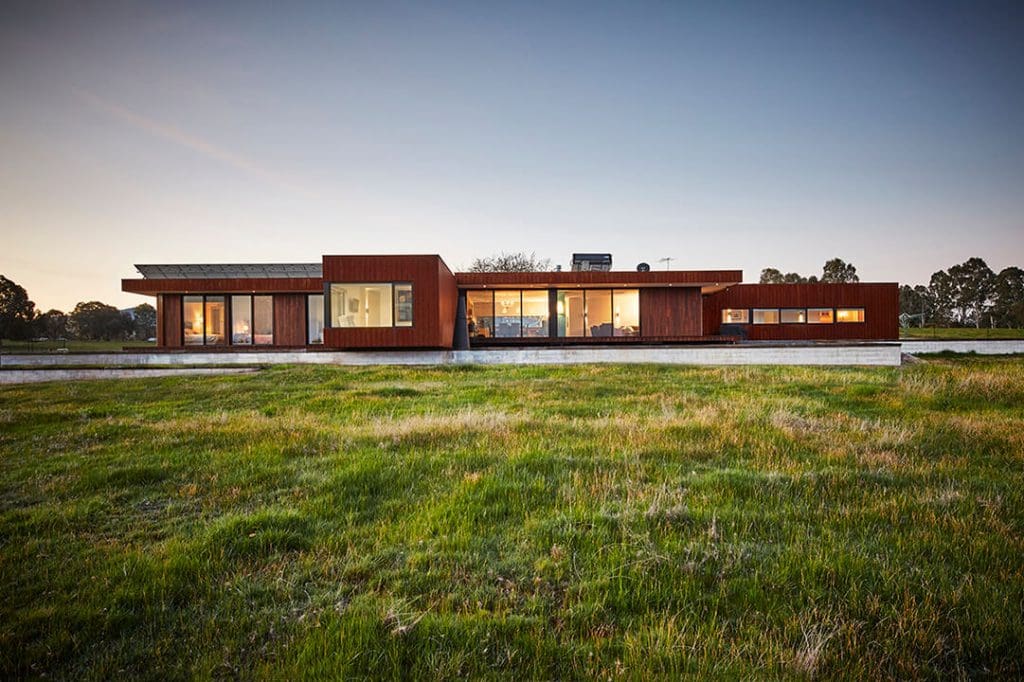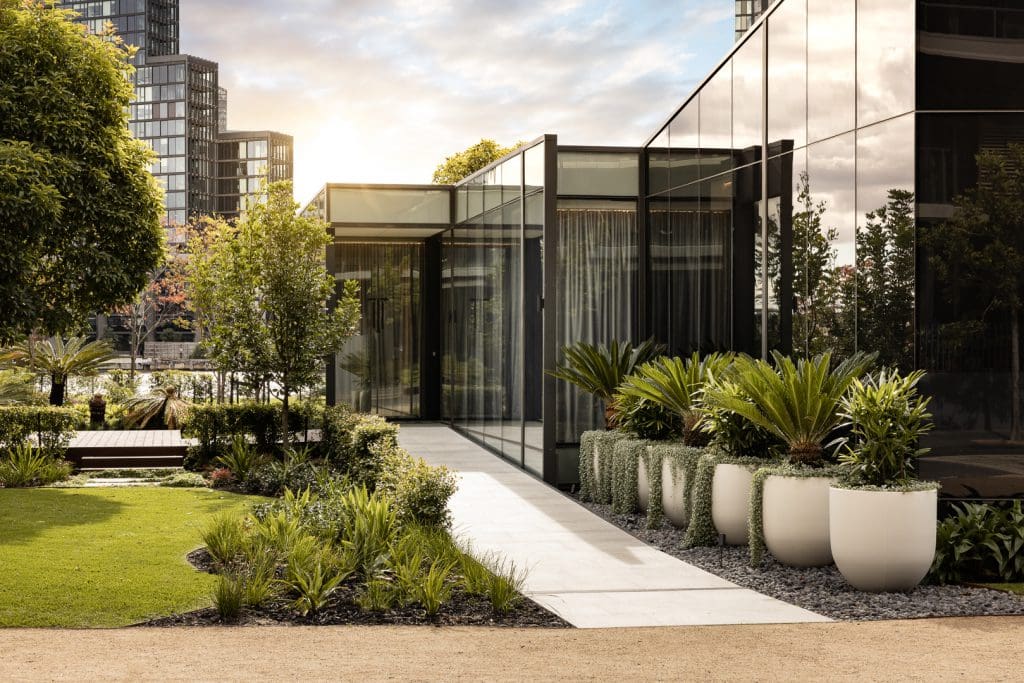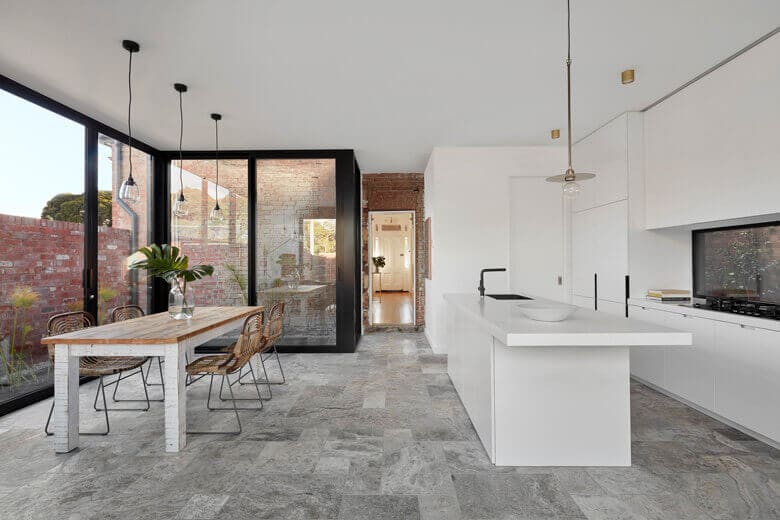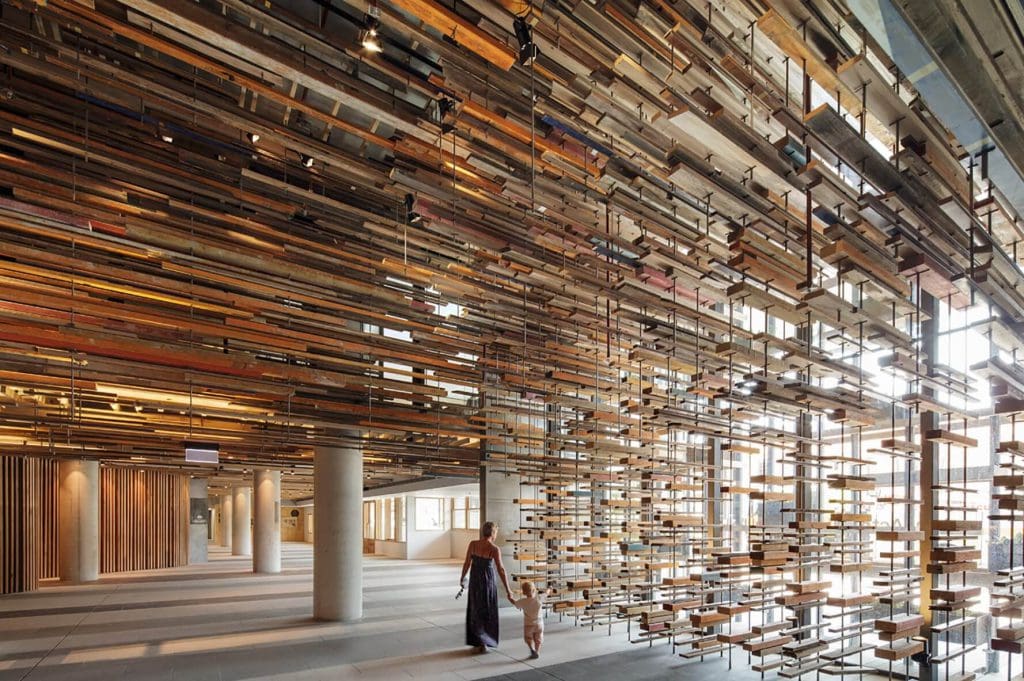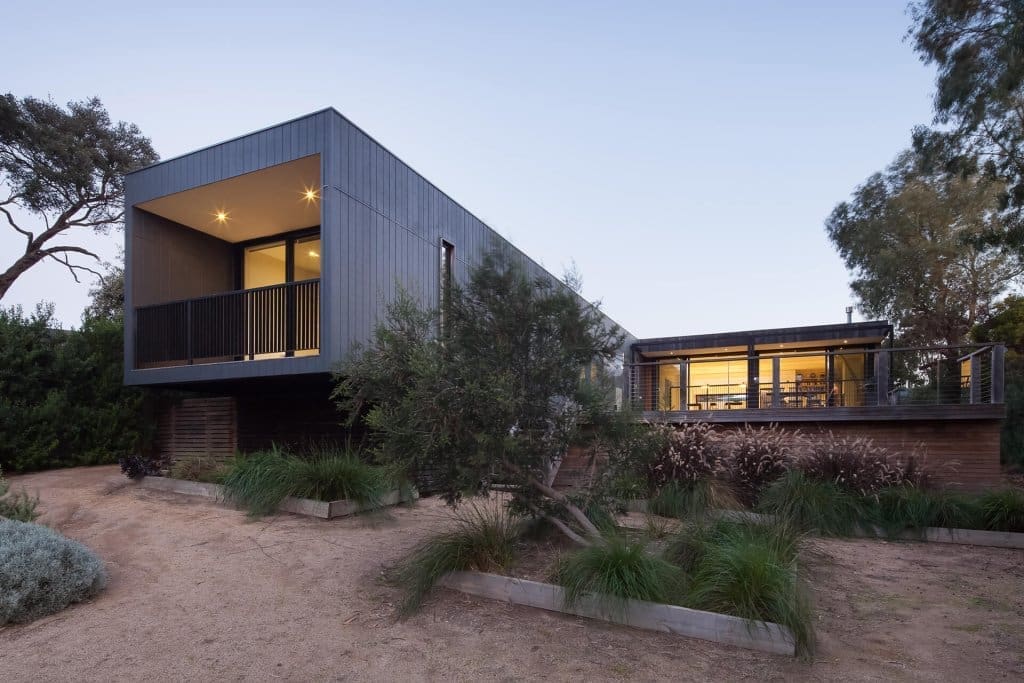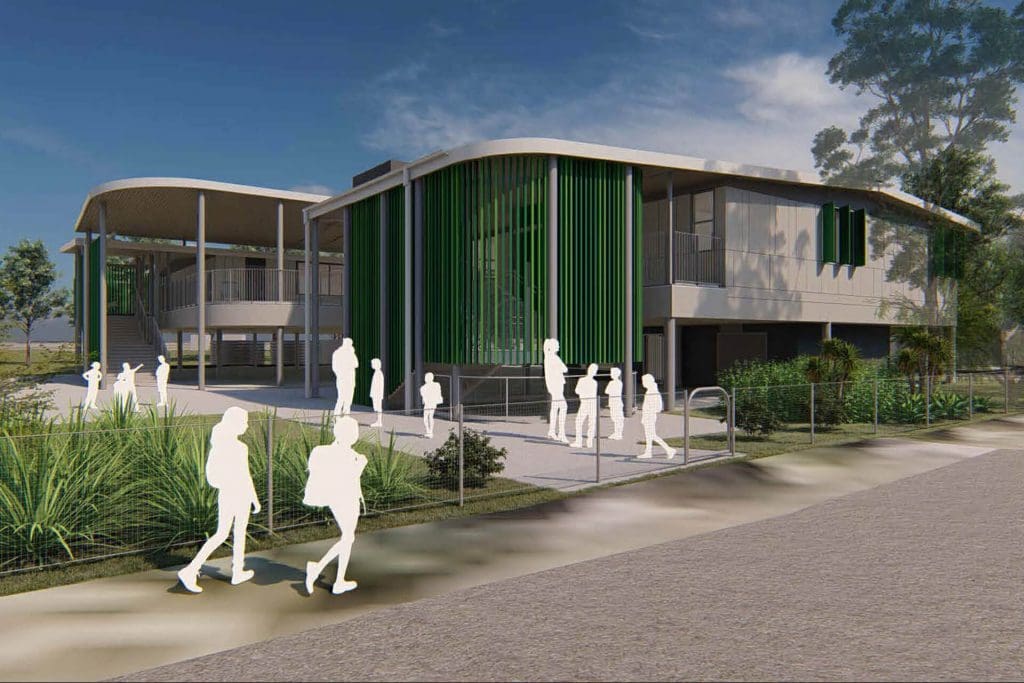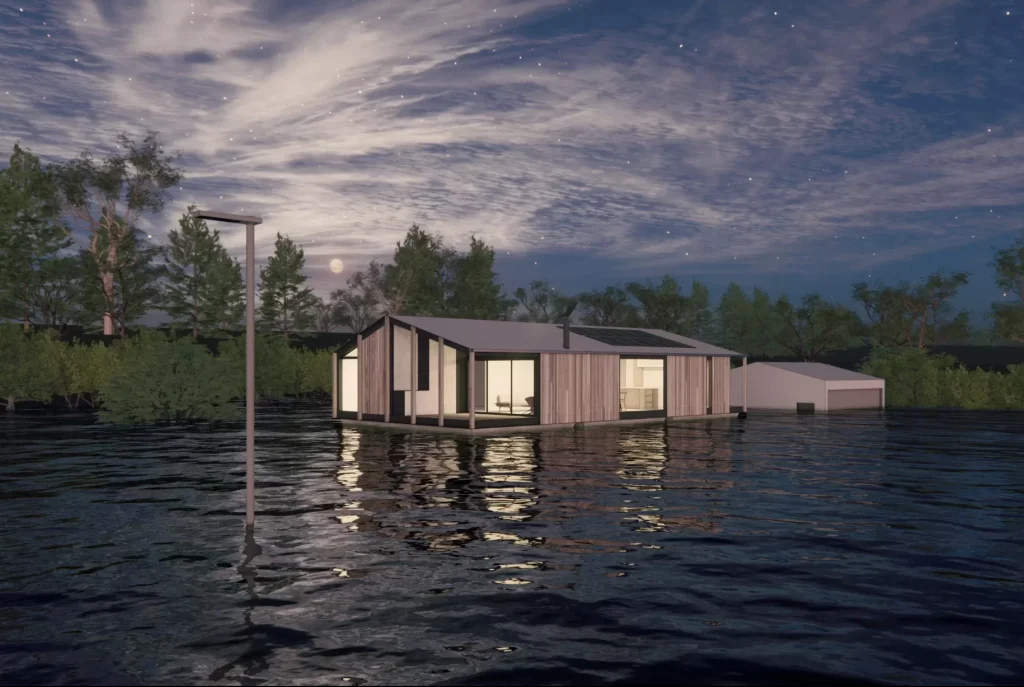3 Reasons Why Modular Is Great For A Country Block
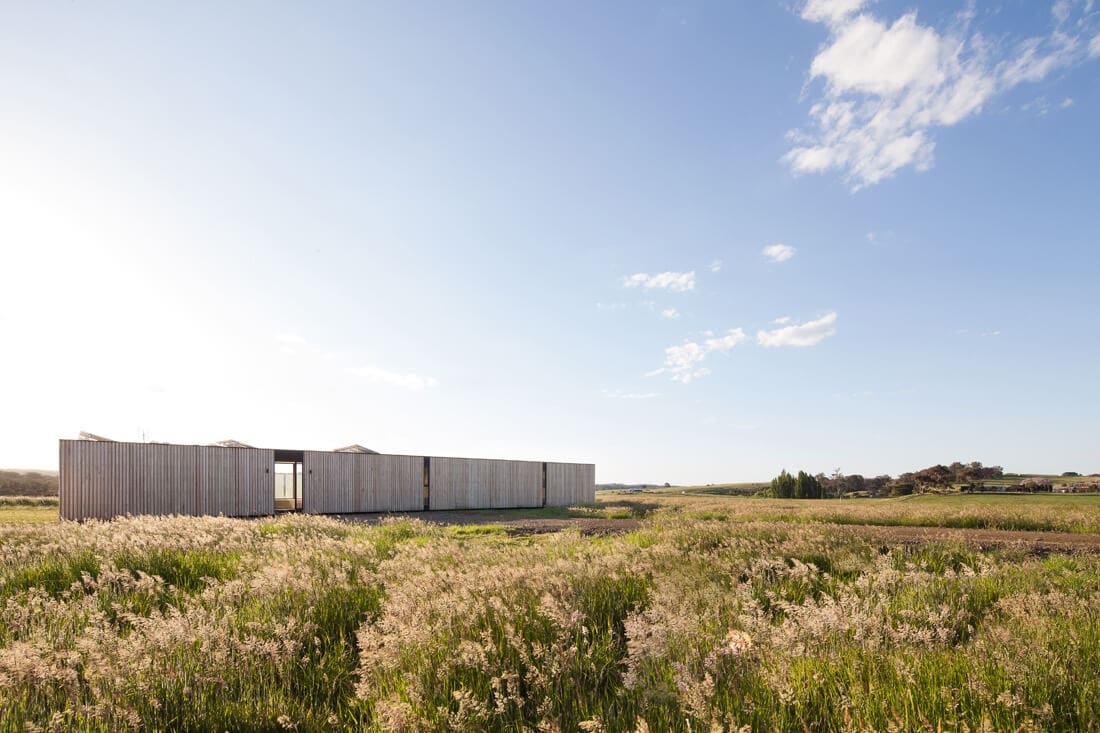
In regional and rural areas, the costs associated with building a new home can be compounded by factors pertaining to a site’s isolation and exposure. Labour supply, weather conditions and accessibility tend to impact on the ease and financial feasibility with which rural construction can take place. However, contrary to traditional onsite construction methods, modular building is ideally suited to regional areas thanks to the control, predictability and accessibility achievable through an offsite factory build. Given the difficulties traditionally associated with building in rural areas, we’ve outlined 3 major reasons why a modular home could be the best choice for your country block.
1. Weather and time delays are avoided
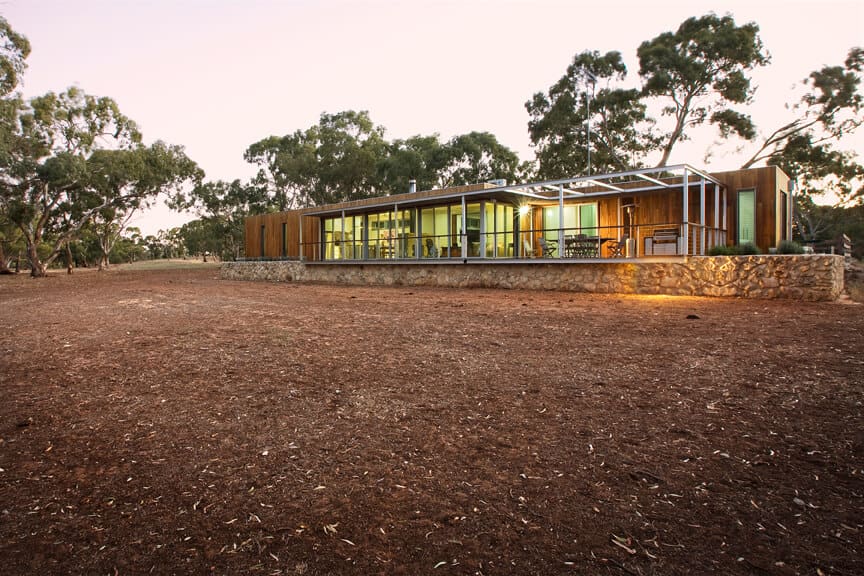
Perhaps the clearest advantage of modular construction over traditional onsite construction is the speed with which prefab homes can be completed. This is thanks to how centralised and controlled the modular factory is. Modscape’s modular construction requires approximately 40% of the time it takes to build a home using traditional construction methods, amounting to an average of between 14 and 16 weeks. Of these, 12 weeks are spent in the factory building phase with only approx. 2-4 weeks for onsite installation and connection. This extremely short onsite construction period is advantageous – especially in regional areas – as it drastically reduces the amount of time potentially affected by weather and other onsite delays.
You might find this short time-lapse video interesting. It details Modscape’s unique modular construction process in a captivating and engaging way.
Weather
Weather conditions play a significant role in determining the speed with which an onsite construction project can be completed. Unsuitable conditions often result in delays and create additional costs. Thankfully because modular construction takes place entirely within an enclosed, controlled factory setting, weather can in no way inhibit the pace and safety of construction. In this way, building modular homes is extremely time and cost effective.
Furthermore, not only can poor environmental factors hinder construction timelines, but they can also affect building materials. In a climate-controlled modular factory however, materials are securely stored in onsite warehouses, therefore greatly reducing the likelihood that materials will be exposed to excessive moisture.
Time Management
Aside from the time saved by eliminating disruptive environmental conditions, building offsite allows for the canny opportunity to undertake site preparation and building construction simultaneously, without sacrificing quality assurance or safety. It also helps to alleviate bottlenecks and other onsite delays that often occur when multiple elements of a construction project are underway. The controlled scheduling achievable in a modular factory setting can save significant amounts of time and, in doing so, can dramatically reduce the costs incurred between contract and occupancy.
Want to visit our factory and see for yourself the controlled environment in which our modular homes are constructed? Get in touch with us today to arrange a visit.
2. The pitfalls of building in remote locations are avoided
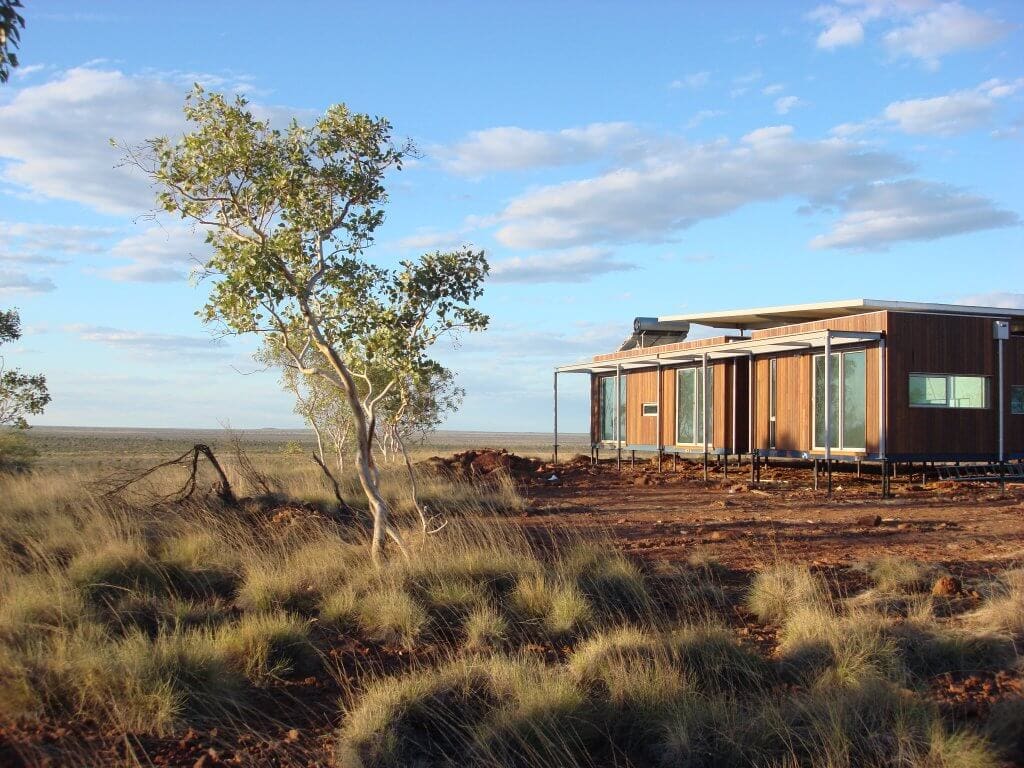
The cost of building a home is determined by a complicated web of factors that not only includes materials, design and labour but also the costs incurred by accommodating tradesmen in isolated locations, long-term travelling and transporting materials over long distances. When a building site is remote, these costs can quickly accumulate and make a home-building project unachievable.
Labour
The most common issue encountered on remote building sites is access to labour. In rural areas and extremely remote countryside locations, local tradesmen and builders can be difficult to find. Consequently, it is often necessary to employ non-local workers. In doing so, there arises the additional costs of transporting and accommodating tradesmen, as well as preliminaries such as site huts and other facilities required on isolated work sites. Such facilities are usually estimated to account for between 8 and 15 percent of a construction project’s total cost.
Modular factories however, tend to be located in highly-accessible areas where there is a large supply of labour, such as Modscape’s Brooklyn headquarters in inner Melbourne (view photos of the factory here.) The prebuilt homes are complete prior to being transported to site. All the painting, tiling, cabinetry etc. is complete, therefore requiring significantly less onsite labour than that of a traditional building site.
According to a research report by the Queensland University of Technology: “substantial reductions in costs and delays associated with transporting skilled tradespeople over long distances were seen as possible if buildings could be completed at a central location and a finished product transported to remote locations as a single or small number of shipments.” And, the more remote or rural the site location, the more pronounced the advantages of opting for a prefab house over a traditional build.
In the same way that tradesmen need to be accommodated during a regional building project, so will you need to be if you have chosen to renovate or expand your current home or if you plan to be on or near the site during construction. While there is a surplus of affordable accommodation in urban areas, countryside locations do not offer the same wealth of options. In particularly remote locations, such as on large farm blocks, accommodation may not exist at all. Finding accommodation nearby or commuting long distances to the site can be difficult and extremely costly.
Transport
The limitations faced by typical building projects regarding the locality of the site affect the time and cost output necessary not only to find suitable labour, but to acquire the necessary materials. Many rural sites incur higher delivery costs for materials due to their remoteness. But costs aren’t the only limitation; remote locations may also encounter restrictions with regard to when and how often deliveries can be made. There’s also the reliability of delivery schedules which are subject to the many variables encountered over long distance travel: traffic, road conditions and time of day.
Modular construction offers a cost-effective and organised way of home-building, eliminating many of the cost and time pressures associated with rural sites by centralising up to 90 percent of construction to a single factory site.
Location
Modular design places great emphasis on building according to the surrounding environment. Drawing on principles of passive design and sustainability, Modscape’s modular homes are centred around the natural conditions pertaining to their specific locations in order to maximise a home’s efficiency. Thanks to careful attention to not only a home’s actual structure but to how it’s situated, modular homes can be effectively customised for specific sites. Blocks of land that present geographical challenges to ordinary construction can be catered to with modular design. For example, unusually steep blocks may be difficult to build on, but can much more easily be utilised in modular projects. All modules can be constructed in a safe factory environment without the challenges and hazards presented by building on sloping land.
Building offsite for country blocks also offers the unique advantage of minimising disruption to the surrounding environment. On country blocks that also accommodate important ecosystems, agricultural work and farming, traditional construction can often disrupt nearby work sites and the surrounding environment. Storing shipped materials can further exacerbate this, encroaching on productive land and natural habitats. The comparatively little amount of actual onsite construction involved in modular building – site preparation and the connection of the completed modules – poses a much smaller threat and inconvenience to the site’s surrounds.
Related: Designing and building an eco-friendly home
3. The quality and accessibility of the construction is guaranteed
Quality
Another major benefit of prefabricated home building is the quality standards set in the factory. A modular factory is a strictly controlled environment, eliminating unpredictable environmental factors and refining procedures. This is achievable largely thanks to the centralisation of personnel and the accessibility of the factory.
An important aspect of a modular factory’s quality control is supervision by the construction manager. In the factory environment, this supervision can occur in a much more controlled and assessable space where tradesmen can be easily overseen. On a typical work site, it can be difficult for the foreman to maintain awareness of the entire site; for example, mistakes can happen on the third floor of a building while the foreman is attending to the first floor. Throughout modular construction however, the foreman is able to work right alongside the modules and thus, is able to address any mistakes and ensure any issues are rectified immediately (as opposed to discovered later on when they can become more problematic). This also reduces the chance for unreliable contractors and unproductive workers to use time inefficiently.
Furthermore, inspections are a crucial element of prebuilt homes and set them apart from traditional construction. Modular projects are designed usually to exceed the building standards applied to onsite construction projects, in order to withstand the transportation and craning of the modules upon their installation. Throughout the entire process of building the modules, inspections are undertaken by multiple people, including third parties, to monitor the progress, quality standards and safety of the modules. This monitoring also ensures that the processes themselves remain as organised and efficient as possible through streamlined scheduling, organised trade coordination and proper sequences of construction.
Accessibility
On typical construction sites, architects and designers tend only to visit fortnightly. In regional and isolated locations, distance exacerbates the time challenges already faced by professionals visiting sites and so even fortnightly visits pose difficulties. In the Modscape factory however, our entire team is based in a single location and so rather than infrequent visits, our design team are onsite daily to oversee the construction, ensure quality standards are met and resolve any issues that arise that cannot be addressed by the foreman or trade supervisors.
From the tradesmen’s perspective, the factory environment provides the opportunity to achieve quality standards with greater ease and efficiency thanks to the organised and controlled work environment that allows for all required tools to be at their disposal. Not only do they have greater access to equipment however, but access to support from supervisors and other parties who might – in a traditional construction set-up – have been difficult to communicate with due to the time pressures and lack of organisation inherent in onsite building locations.
Additionally, the factory environment allows for a far safer working environment than a traditional construction site, especially those located in extremely inaccessible areas where problems and accidents can be difficult to quickly address.
Client accessibility
Another way in which modular factories provide greater accessibility than traditional worksites is that they allow for client visitation. Due to safety regulations and the often hazardous nature of traditional construction sites, clients are usually not permitted to visit the site to check on their home’s building progress or to understand the processes underway. In Modscape’s modular factory however, clients are welcome to visit regularly, allowing insight into your prefab home’s construction and an understanding of how and why your time and funds are being utilised.
At Modscape, we invite you to be as involved as you would like to be, and this is possible thanks to our centralised factory location. Every stage of your project – from the modular design phase to installing your prefab home onsite – enables a more cohesive coordination of trades, tasks and professionals allowing for better time management, greater accountability and ultimately, significant time and cost savings. And throughout the entire length of the project, you have access not only to the factory construction site, but to the onsite design team and tradesmen working on your home.
If you’d like advice on a project, contact us today and we’ll get back to you within 48 hours. You’re also more than welcome to visit our display suite and factory in Brooklyn, Melbourne.
